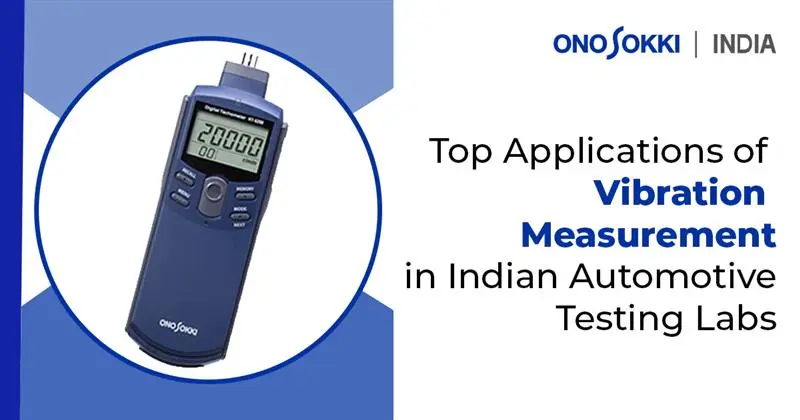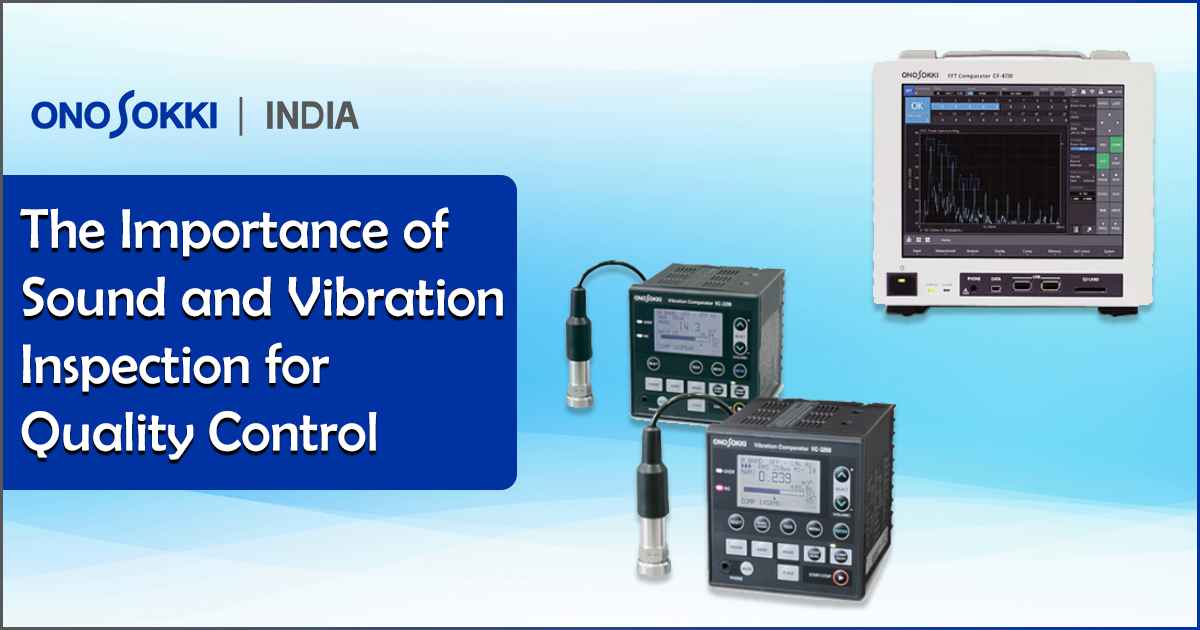



In any manufacturing process, ensuring the quality of the final product is crucial. To achieve this, quality control measures must be in place, including thorough inspections at different stages of production. One important aspect of quality control is sound and vibration inspection, which involves using specialized equipment, such as a Sound and Vibration Analyzer, to assess a product’s sound and vibration characteristics.
Sound and vibration analysis is a non-destructive testing method that can reveal a lot about the internal workings of a product. By measuring the frequency, amplitude, and other parameters of sound and vibration, engineers can detect defects or irregularities that may affect the product’s performance or reliability. This inspection method is especially useful for products that have moving parts, such as machines, engines, and electronic devices. In this blog, we will explore the importance of sound and vibration inspection in quality control and its applications in different industries.
Sound and vibration inspection is a non-destructive testing method that involves measuring a product’s sound and vibration characteristics to assess its quality and performance. This inspection method uses specialized equipment, such as a Sound and Vibration Analyzer, to detect any defects or irregularities in the product’s sound and vibration patterns. In order to ensure that the final product meets industry standards and regulations, engineers analyze the frequency, amplitude, and other parameters of sound and vibration early on in the manufacturing process.
Sound and vibration inspection is widely used in automotive, aerospace, and electronics industries, where products often have moving parts and must meet stringent performance and safety requirements. This inspection method is especially useful for detecting defects that may not be visible to the naked eye, such as cracks or internal damage. Using advanced equipment and techniques, sound and vibration inspection can help manufacturers ensure that their products are high quality and meet customer expectations.
In conclusion, sound and vibration inspection is an essential aspect of quality control that should be considered. It enables manufacturers to identify and rectify any defects or irregularities in their products, thereby ensuring that end-users receive a high-quality and reliable product. By using advanced equipment such as Sound and Vibration Inspection, engineers can detect potential issues early in the manufacturing process, reducing the likelihood of costly rework and product recalls.
Industries such as automotive, aerospace, and electronics rely heavily on sound and vibration inspection to meet industry standards and regulations. With the increasing demand for high-performance products and the need for tighter tolerances, sound and vibration inspection is becoming more critical than ever before. Ono Sokki India is one such company that provides cutting-edge Sound and Vibration Inspection equipment and services to various industries, helping them to improve their quality control processes and ultimately delivering better products to their customers.